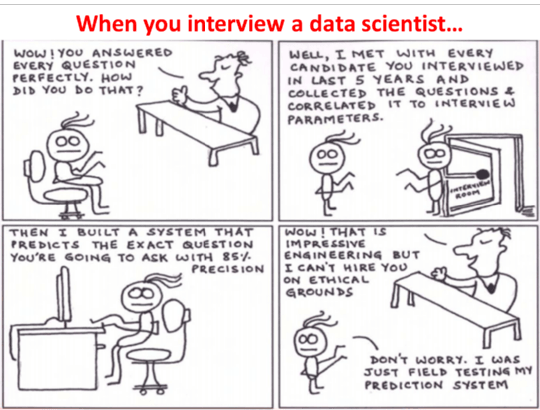“Data Science(DS)” is nothing new but the term itself and the recent level of interest in it. As a practice it has commercially (not academically) existed for more than 25 years, mainly under “Data Mining (DM)” and “predictive analytics(PA),” since early 1990’s. DM and PA got a lot of traction originally in financial, Telco, and retail industries that had a lot of granular historical data. Like anything that gets sudden attention and interest, DS has been misused and abused in a variety of ways. Given the fast surge in market demand in the last several years, many claim to be or want to be data scientists. True data scientists and DS managers who had to deal with screening DS resumes, can testify to the level of present noise (false positives) in that application process.
- More sophisticated analytics approaches are required,
- More complex transformations are required to prepare the data,
- Granular or atomic analysis of entities of interests is required,
- Analytics could be straightforward but big data is involved requiring attention to optimization of analytics,
- etc.
- Problem solving ability
- Business acumen
- Ability to question the work of self and others,
- Passion for data (the more data, the better)
- Attention to details and ability to validate own work in multiple ways
- Statistical thinking (a thinker who knows when to reason deterministically and when not)
- Passion for exploration and discovery (quick learner from fails)
- Ability to devise optimal ways to experiment new (finding novel useful insight is cumbersome. One can never find a sure way to find it)
- Presentation ability (written and oral)
- Ability to simplify complex concepts for explaining to others.
[1] This is the subject of another blog and given the today’s coverage of data science, the required technical abilities vary greatly.
—————————————————————————
I discuss these topics in detail in my book. Visit the book site for “High-Performance Data Mining and Big Data Analytics: The Story of I…” (http://bigdataminingbook.info ).

